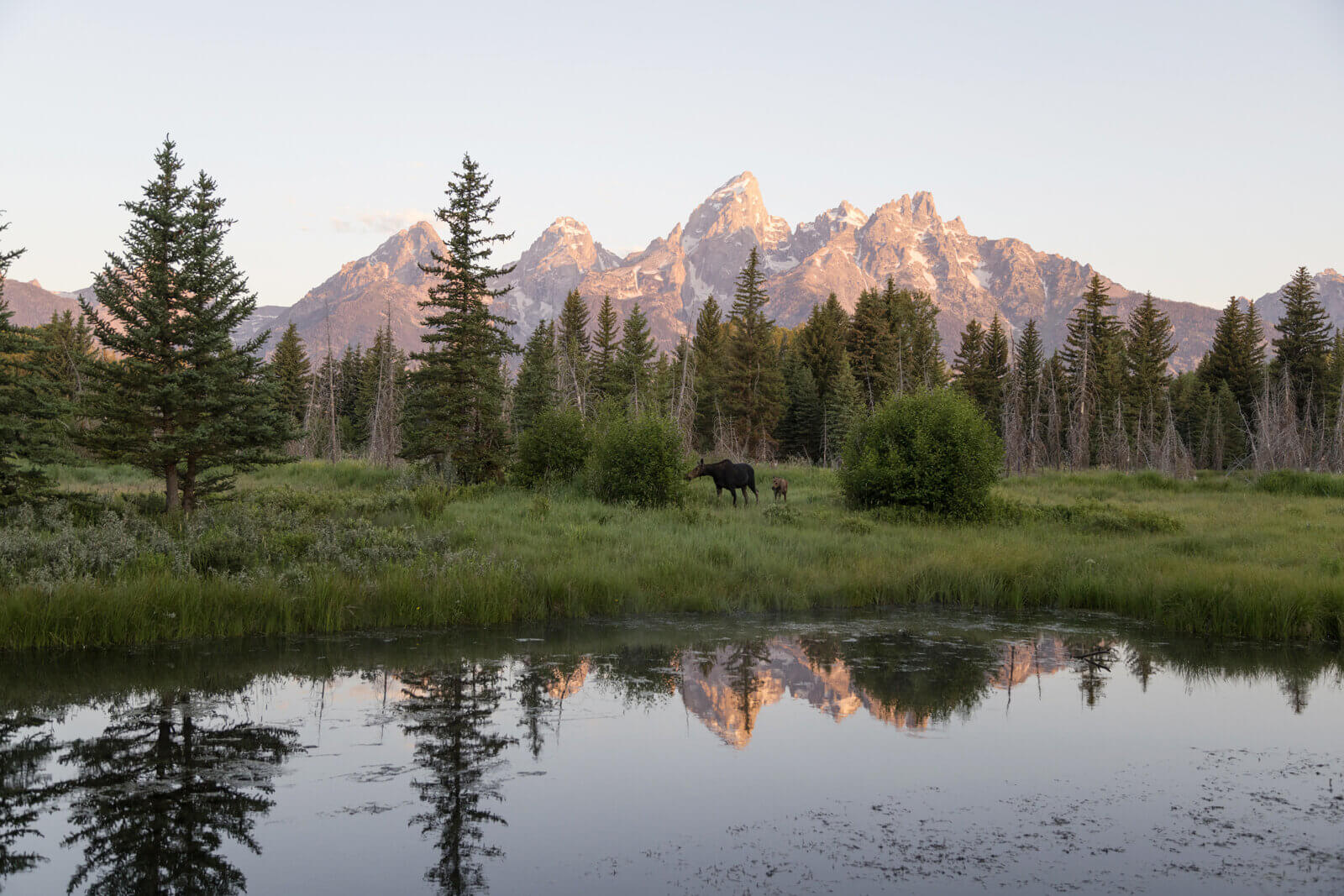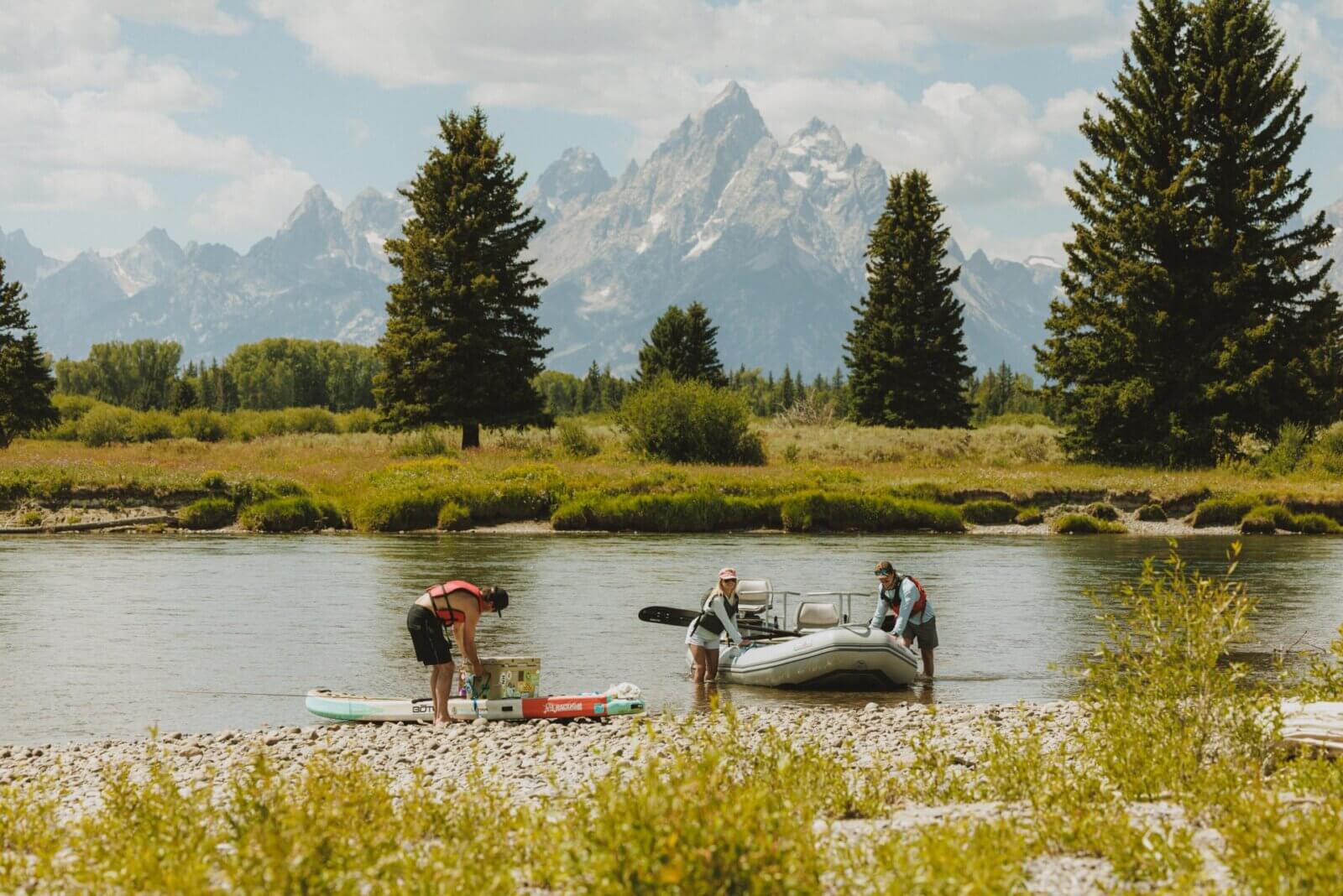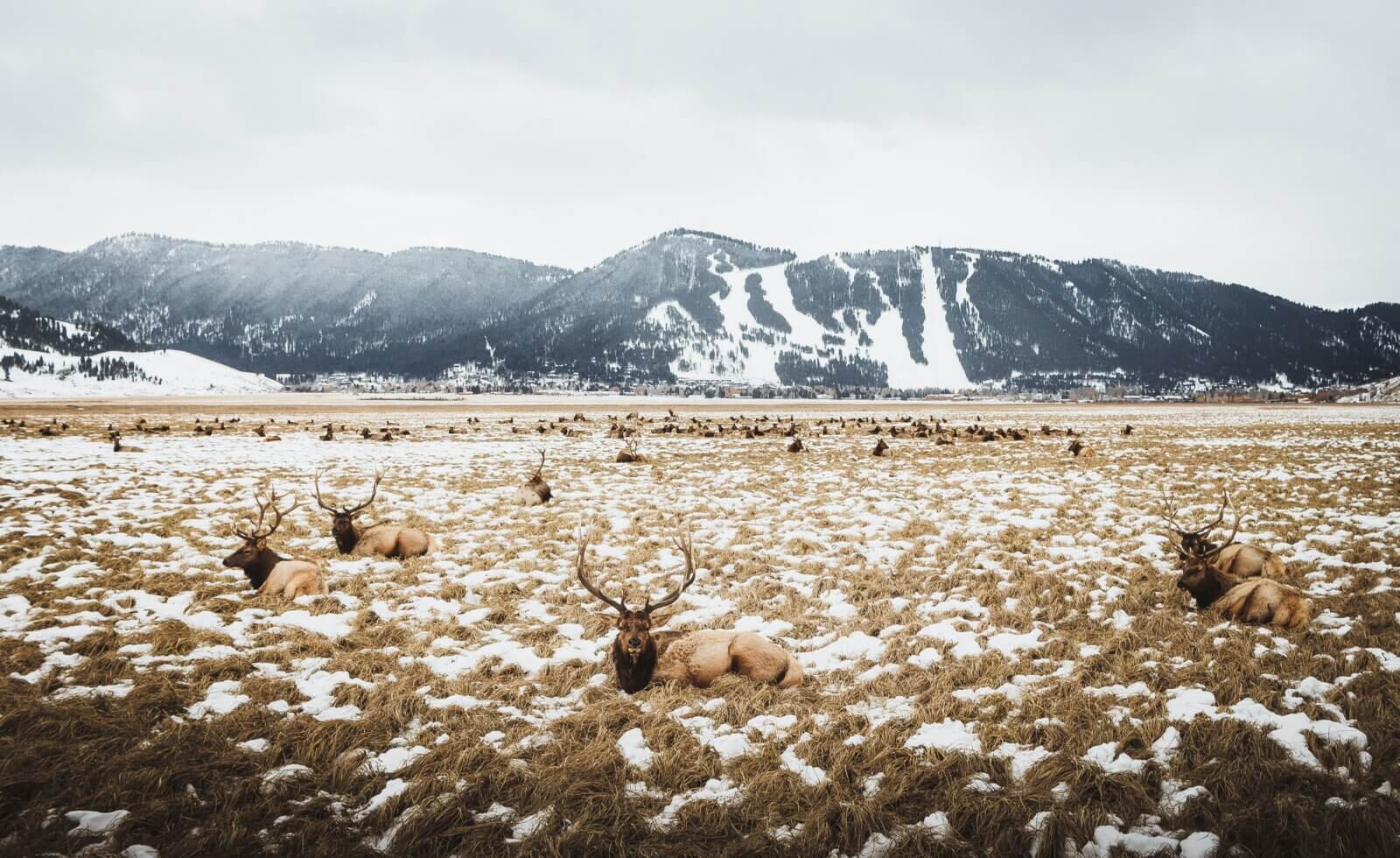A Local Guide to Wildlife Watching in the GYE
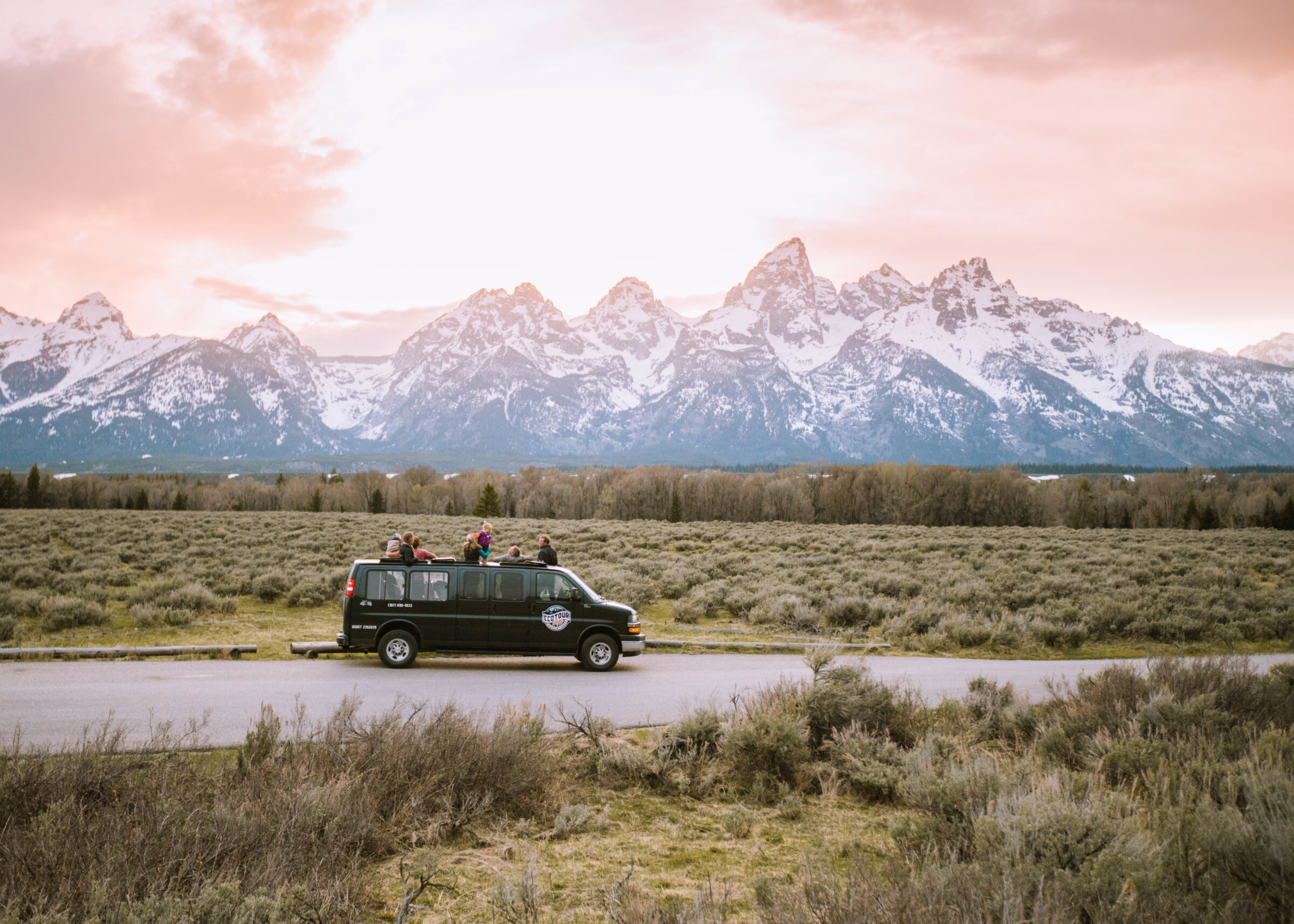
It’s no secret that Jackson Hole is a haven for wildlife.
The town proudly boasts its relationship with wildlife—the famous elk antler arches, gorgeous statues of elk and bison, and galleries filled to the brim with wildlife art are just a few examples—and visitors travel from all over for the chance to see some of our magnificent animals in person.
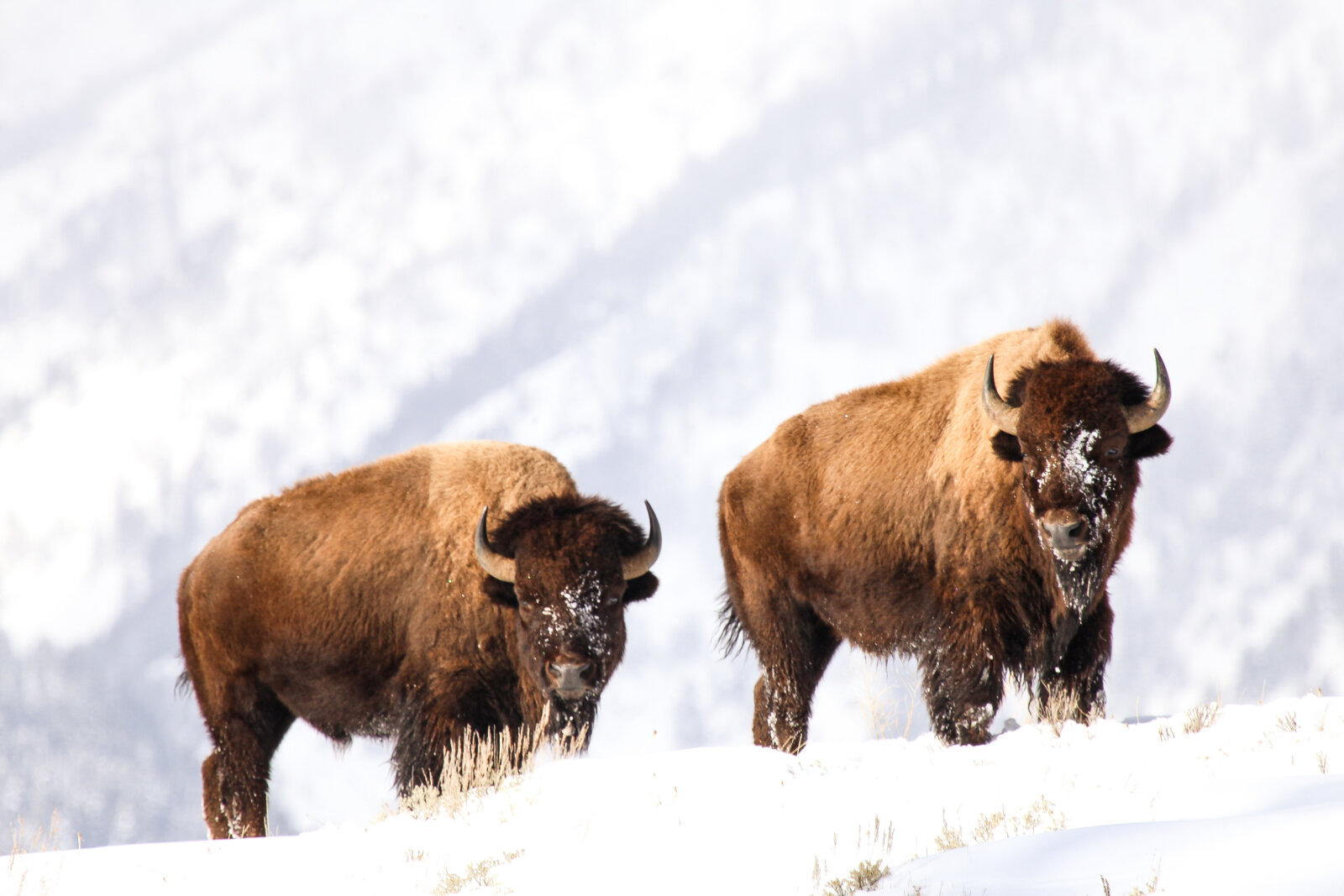
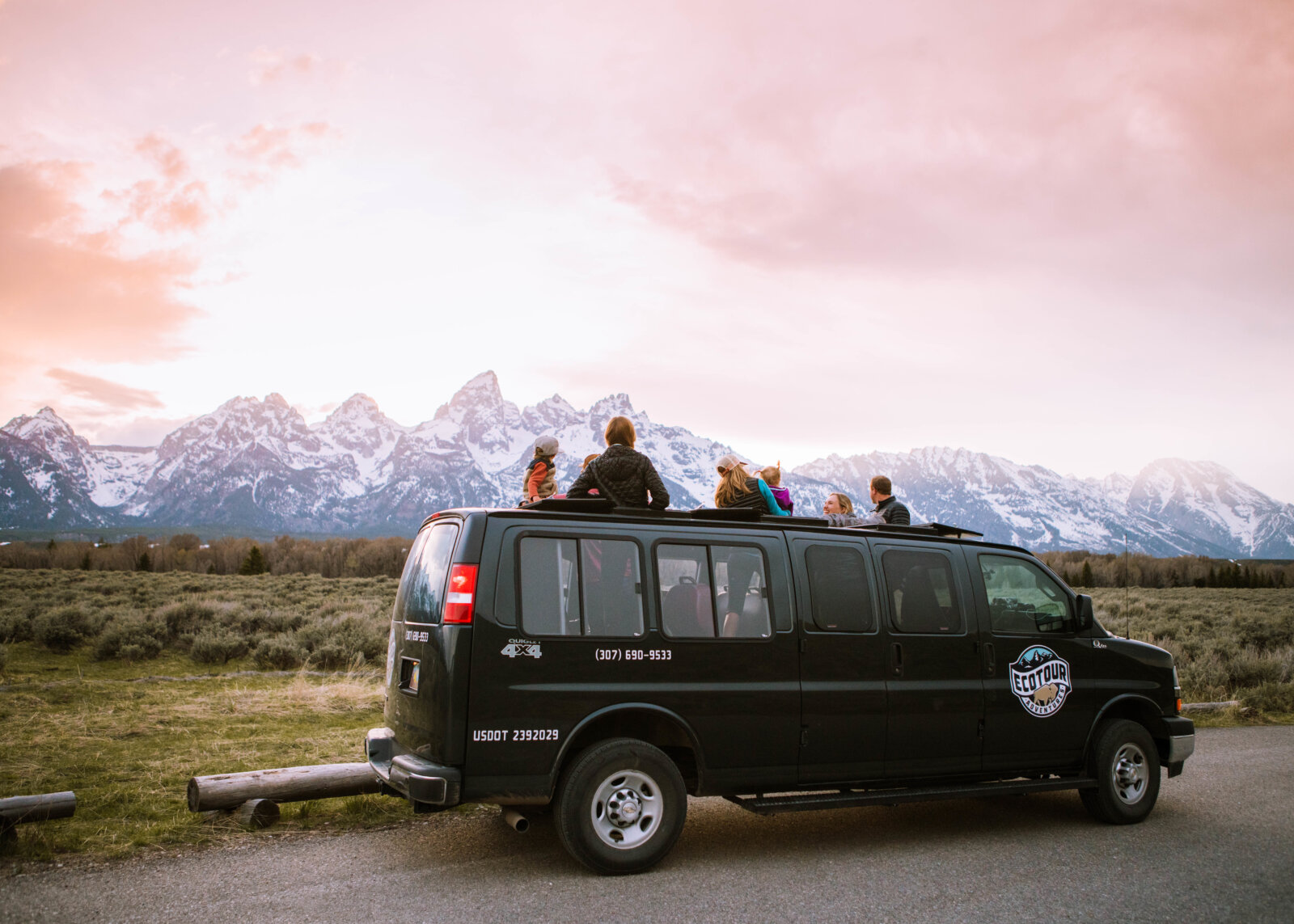
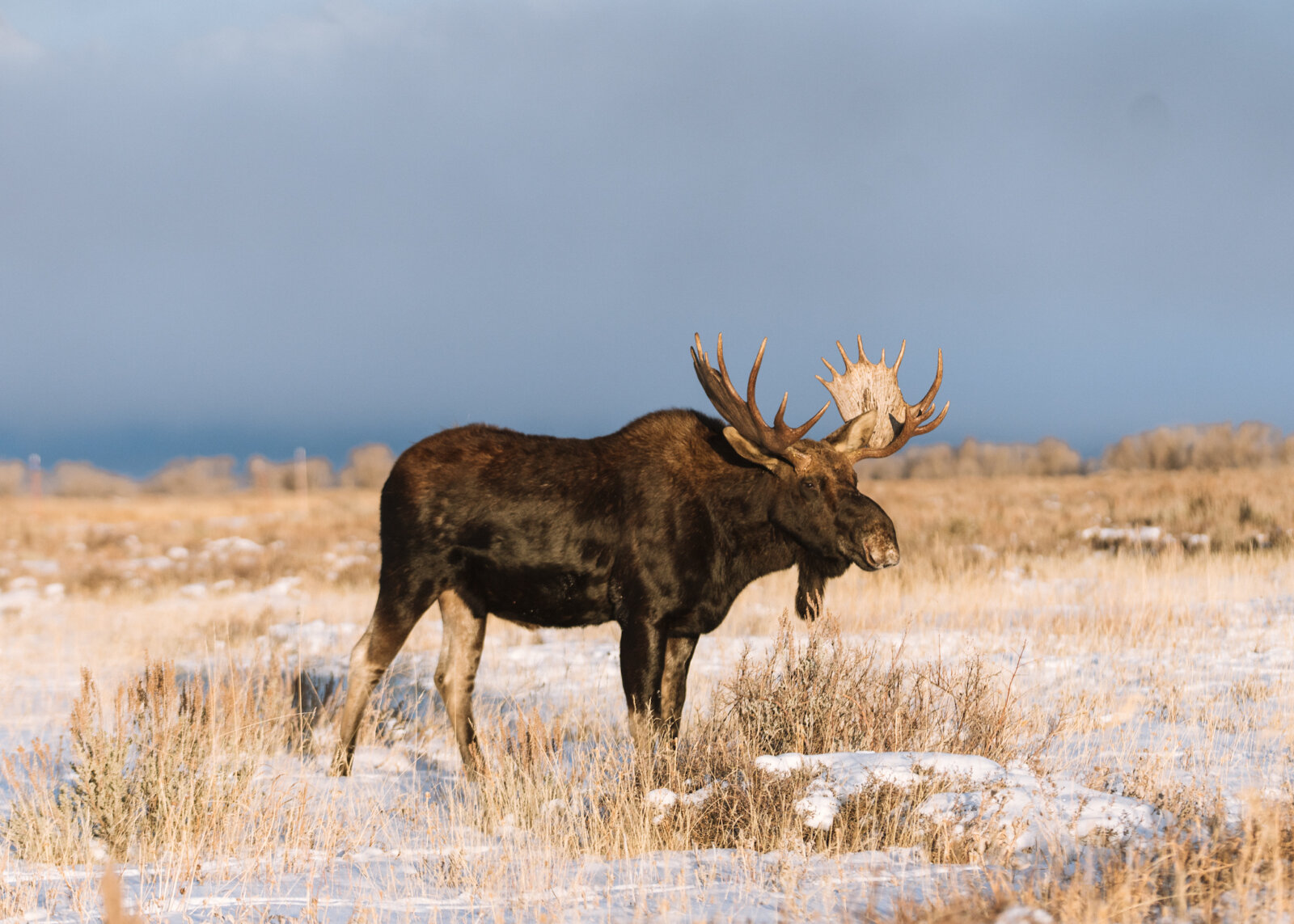
Spring and fall are undoubtedly the best times to see wildlife, as the changing of the seasons brings changes to wildlife populations. Migration (spring and fall), birthing (spring), and mating (spring or fall, depending on the species) all set the landscape alive with movement, and these behaviors are a joy to witness.
While many of our wildlife neighbors can be seen very close to—and even in the middle of—roads and trails, others are harder to spot. We want visitors to maximize their wildlife-viewing opportunities, all while keeping both themselves and our animals safe, so what follows is a helpful guide to wildlife viewing in the Greater Yellowstone Ecosystem.
Prepare for early mornings and late evenings.
Dawn and dusk are the best times to see wildlife, as this is when most animals are active. Aim to be in the parks around sunrise and in the 1-2 hours before sunset. We promise it will be worth it for the views alone!
Know the wildlife-viewing regulations of the area.
Both Grand Teton and Yellowstone National Parks require you to stay 25 yards away from most wildlife and 100 yards away from predators.
Follow the instructions of authority figures.
Often, this will be a park or forest ranger. In Grand Teton National Park, specifically, there is also a special team of volunteers whose sole job is to facilitate safe interactions between humans and wildlife, known as the Wildlife Brigade. These people take on many of the wildlife-related tasks of the park rangers: they manage traffic jams due to wildlife sightings, enforce safe distances between people and wildlife, and patrol picnic areas to ensure safe food storage and disposal. If you see someone in an official-looking vest and carrying a radio, perhaps even standing next to a vehicle with “WILDLIFE MANAGEMENT” plastered on the side in giant green letters, it’s safe to say you should listen to them.
Understand animal behavior.
Know what an aggressive animal looks like. Are its ears erect or pinned back? A grizzly bear, for example, will have its ears up if it feels threatened. Contrast this with a moose, which will pin its ears back. Aggression looks different among different wildlife species, so learn to read your environment and respond accordingly.
Learn from a local.
There is no better way to learn about the landscape than through hiring a wildlife guide. Local guides have backgrounds in the natural sciences and have spent years living, working, and playing in this ecosystem. If you want to really immerse yourself in the landscape and learn its many nuances, a guide is the way to go. While no wildlife guide will ever guarantee an animal sighting—they have no control over what the animals do, after all!—they will take you to wildlife hotspots and share their wealth of knowledge about the animals they see, all while keeping you and the wildlife safe. Plus, they have coffee and snacks.
Travel with binoculars or a spotting scope.
These tools are essential for viewing wildlife from any distance. There is a set of binoculars for every budget. If you’re serious about seeing animals and think you might turn it into a lifelong passion, we recommend researching the various optics and focal lengths to find your perfect pair, then investing in a high-quality brand.
Pay attention to odd shapes and colors on the landscape.
Unsure if you’re looking at a boulder or a bear? It happens to us, too! It’s always worth stopping to take a second (or third, or fourth…) look at something on the landscape that catches your eye. This is a time when binoculars and scopes really come in handy!
Be safe and courteous.
If you spot an animal near a road, please don’t stop your vehicle in the middle of the road. Pull over so all four tires are to the right of the white line to allow for a smooth and consistent flow of traffic. Only exit your vehicle if you are a safe distance from the animal, and always have bear spray with you.
While these tips won’t guarantee wildlife sightings, they are sure to make the sightings you do have an enjoyable and, dare we say, truly magical experience. We hope to see you out there, enjoying the wonders of the Greater Yellowstone Ecosystem!
Adventure starts here.
View AllFrom awe-inspiring encounters with nature to wild and western activities every kind, Jackson Hole offers once-in-a-lifetime experiences, 365 days a year.
Eager to glimpse your first bear, moose, or wolf? Challenge yourself with a run down black diamonds or class III rapids? Hook an 18-inch cutthroat? Meet a real cowboy? Watch a Teton sunset? This place is full of experiences you won't find that at home, or anywhere else for that matter. In Jackson Hole, wild adventures aren't just possible—they're already here waiting for you.
 By EcoTour Adventures
By EcoTour Adventures 